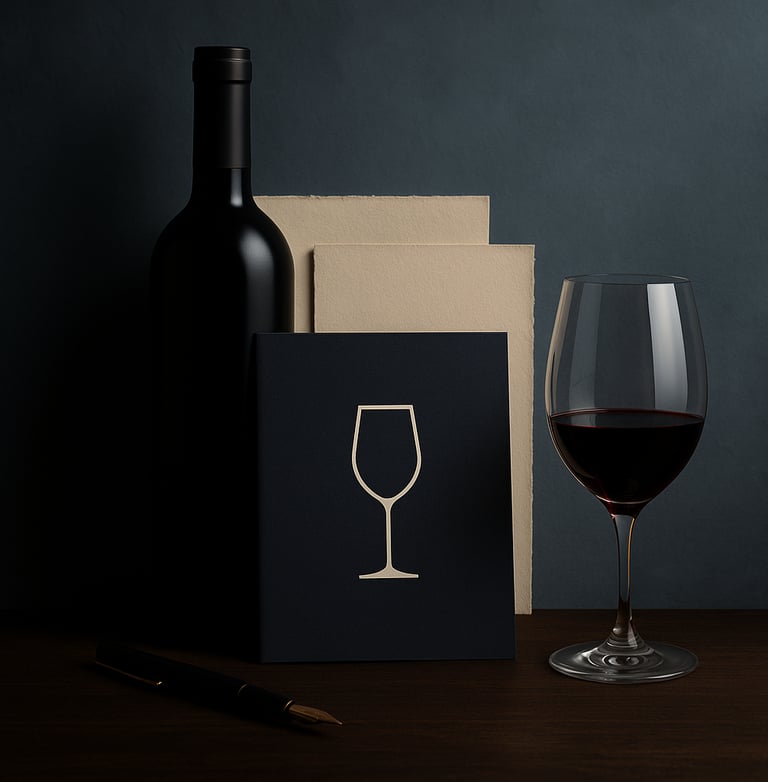
Narrating Luxury
How a Brand Speaks When It Wants to Be Desired
10/2/2025


Introduction: It’s Not What Is Said. It’s How It Is Said, and Who Says It
Fine wine brands cannot afford to speak like any other. In a world saturated with messages, slogans, hashtags, and clichés, the premium client is no longer impressed by words: they are moved by tones, connected by aesthetics, and recognised in a refined language. Luxury does not need volume. It needs accuracy. And the brands that succeed in building desire do not do so with grand declarations, but with a tone that reflects mastery, refinement, and quiet confidence.
Tone as the Architecture of Desire
Every brand has a tone, even if it has not defined one. Tone is not content. It is the way content is expressed: its rhythm, vocabulary, cadence, pauses, its level of precision or ambiguity. In the upper segment, tone is a tool of distinction. It does not shout. It does not beg. It does not over-explain. It hints. It suggests. It moves with confidence.
For example, Krug (France) does not communicate with marketing slogans. Every textual piece seems written by a poetry editor: brief, elegant, enveloping. Its tone does not sell Champagne: it invites one to imagine an aesthetic world in which the consumer projects themselves.
Premium Language: Keys for High-Level Communication
A brand that aspires to luxury must refine its way of expression. That does not mean sounding “strange” or distant, but speaking from a place of maturity, aesthetic sensitivity, and emotional clarity.
Characteristics of well-constructed luxury language:
Avoids empty superlatives (“the best,” “unique,” “exclusive”).
Prefers sensory or suggestive verbs: “evokes,” “invites,” “reveals,” “refines.”
Uses adjectives with specific weight, not mere ornaments.
Has a rhythm: phrases breathe, they are not rushed.
Saying “our wine expresses all the character of the terroir” does not communicate luxury. Saying “a serene interpretation of the place, from the silence of altitude and the precision of waiting” does.
Mistakes That Weaken Positioning
Technically excellent brands lose symbolic value because they have not worked their discourse with the same care as their product.
Common mistakes:
Using clichés (history, tradition, passion) without development.
Speaking with a commercial tone when seeking emotional connection.
Changing register across channels (casual social media, stiff institutional website, labels with no personality).
Talking too much about the wine and too little about the world around it.
In luxury, every word must be a piece of editorial craftsmanship. And that requires as much work as pruning or fermentation.
Brands That Have Refined Their Tone Until It Became a Symbol
✦ Domaine Comtes Lafon (France)
It does not need to speak. Its website barely has text. Its graphic aesthetic is austere. But every line—from a technical note to an email—expresses sobriety, pride, and belonging to the Burgundian lineage.
✦ Champagne Salon
A single cuvée. One variety. One parcel. And an absolutely restrained, almost mystical tone. The brand does not seek to excite, it seeks to mark a threshold: “if you understand this, this world is for you.” Language is key in that symbolic frontier.
✦ Raventós i Blanc (Spain)
Since their departure from DO Cava, they have built a firm, sober discourse, with strong cultural and naturalistic grounding. They have defined a tone that transmits ideological coherence without militancy, and for that reason gained respect in high-level audiences.
How to Begin Building Your Brand’s Tone
Define who you are really speaking to. It is not “the general public.” It is a type of sensitivity, a level of experience, a shared aspiration.
Avoid anxiety. It is not about telling everything. It is about leaving space for interpretation, for evocation.
Write from aesthetics. The text must sound like your wine: precise, elegant, memorable.
Apply tone everywhere. Not just in social media or labels. Also in emails, presentations, tastings, interviews.
Conclusion: A Brand Is Recognised Not Only by What It Offers, but by How It Says It
And in luxury, that way of speaking is a silent promise of what is to come.
🍷 Because in the world of fine wine, the brands that become desirable are not those that communicate the most. They are those that make their language anticipate a sensory and emotional experience of another level.

